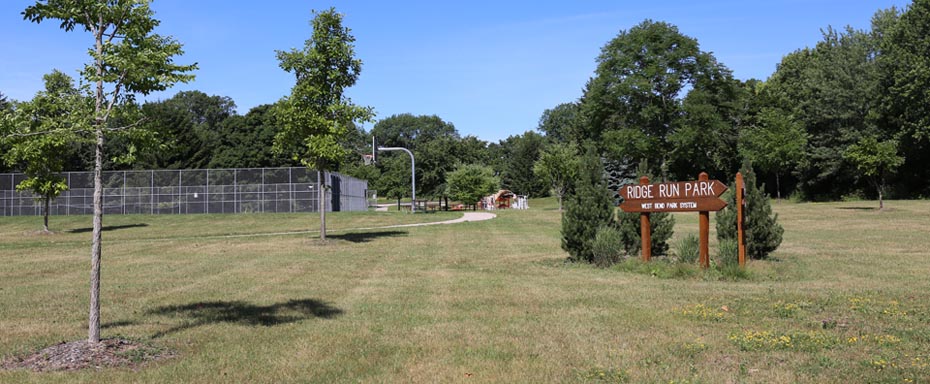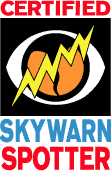
Summer heat kills more people each year than floods, lightning, tornadoes, and hurricanes. The only deadlier weather condition is the cold of winter.
A heat wave is usually defined as three consecutive days with high temperatures above 90 degrees Fahrenheit. Though days of heat can take their toll on our reserves, even a single day of hot weather can be dangerous if we try to do too much or are confined to an area that becomes too hot.
Hot weather feels even hotter when it’s humid. Moisture in the air prevents perspiration from evaporating, which is how the body cools itself. Below is the Heat Index Chart, which shows how hot the weather feels to your body as the relative humidity (RH) rises.
| RH (%) |
Temperature (° F) | |||||||||||||||
|---|---|---|---|---|---|---|---|---|---|---|---|---|---|---|---|---|
| 90 | 91 | 92 | 93 | 94 | 95 | 96 | 97 | 98 | 99 | 100 | 101 | 102 | 103 | 104 | 105 | |
| 90 | 119 | 123 | 128 | 132 | 137 | 141 | 146 | 152 | 157 | 163 | 168 | 174 | 180 | 186 | 193 | 199 |
| 85 | 115 | 119 | 123 | 127 | 132 | 136 | 141 | 145 | 150 | 155 | 161 | 166 | 172 | 178 | 184 | 190 |
| 80 | 112 | 115 | 119 | 123 | 127 | 131 | 135 | 140 | 144 | 149 | 154 | 159 | 164 | 169 | 175 | 180 |
| 75 | 109 | 112 | 115 | 119 | 122 | 126 | 130 | 134 | 138 | 143 | 147 | 152 | 156 | 161 | 166 | 171 |
| 70 | 106 | 109 | 112 | 115 | 118 | 122 | 125 | 129 | 133 | 137 | 141 | 145 | 149 | 154 | 158 | 163 |
| 65 | 103 | 106 | 108 | 111 | 114 | 117 | 121 | 124 | 127 | 131 | 135 | 139 | 143 | 147 | 151 | 155 |
| 60 | 100 | 103 | 105 | 108 | 111 | 114 | 116 | 120 | 123 | 126 | 129 | 133 | 136 | 140 | 144 | 148 |
| 55 | 98 | 100 | 103 | 105 | 107 | 110 | 113 | 115 | 118 | 121 | 124 | 127 | 131 | 134 | 137 | 141 |
| 50 | 96 | 98 | 100 | 102 | 104 | 107 | 109 | 112 | 114 | 117 | 119 | 122 | 125 | 128 | 131 | 135 |
| 45 | 94 | 96 | 98 | 100 | 102 | 104 | 106 | 108 | 110 | 113 | 115 | 118 | 120 | 123 | 126 | 129 |
| 40 | 92 | 94 | 96 | 97 | 99 | 101 | 103 | 105 | 107 | 109 | 111 | 113 | 116 | 118 | 121 | 123 |
| 35 | 91 | 92 | 94 | 95 | 97 | 98 | 100 | 102 | 104 | 106 | 107 | 109 | 112 | 114 | 116 | 118 |
| 30 | 89 | 90 | 92 | 93 | 95 | 96 | 98 | 99 | 101 | 102 | 104 | 106 | 108 | 110 | 112 | 114 |
| Note: Exposure to direct sunlight can increase heat index values up to 15° F | ||||||||||||||||
Effects of the Heat
80 to 90 degrees Fatigue possible with prolonged exposure and/or physical activity.
90 to 105 degrees Sunstroke, heat cramps, and/or heat exhaustion possible with prolonged exposure and or physical activity.
105 to 130 degrees Sunstroke, heat cramps, and/or heat exhaustion likely, and heatstroke possible with prolonged exposure and/or physical activity.
130 degrees and higher Heat stroke/sunstroke highly likely with continued exposure.
Beating the Heat
What to Do
Heat Cramps
What it is: Painful spasms, typically in the legs or abdomen.
What to do: Apply firm pressure to cramping muscles, or gently massage to relieve spasm. Give sips of water. If nausea occurs, discontinue water.
Heat Exhaustion
What it is: Heavy sweating, weakness, skin cold, pale, and clammy. Pulse thready. Normal temperature possible. Fainting and vomiting.
What to do: Get victim out of the sun. Lay down and loosen clothing. Apply cool, wet cloths. Fan, or move victim to air-conditioned room. Give sips of water. If nausea occurs, discontinue water. If vomiting continues, seek immediate medical attention.
Heat Stroke/Sunstroke
What it is: High body temperature (106 degrees F or higher). Hot dry skin. Rapid and strong pulse. Possible unconsciousness.
What to do: Heat stroke is a SEVERE MEDICAL EMERGENCY. Get emergency medical assistance or get the victim to a hospital IMMEDIATELY. Delay can be fatal. Until you can get medical help, move the victim to a cooler environment. Reduce body temperature with cold bath or sponging. Use extreme caution. Remove clothing, use fans and air-conditioners. If temperature rises again, repeat process. Do NOT give fluids.
 Ridge Run Weather Station
Ridge Run Weather Station



